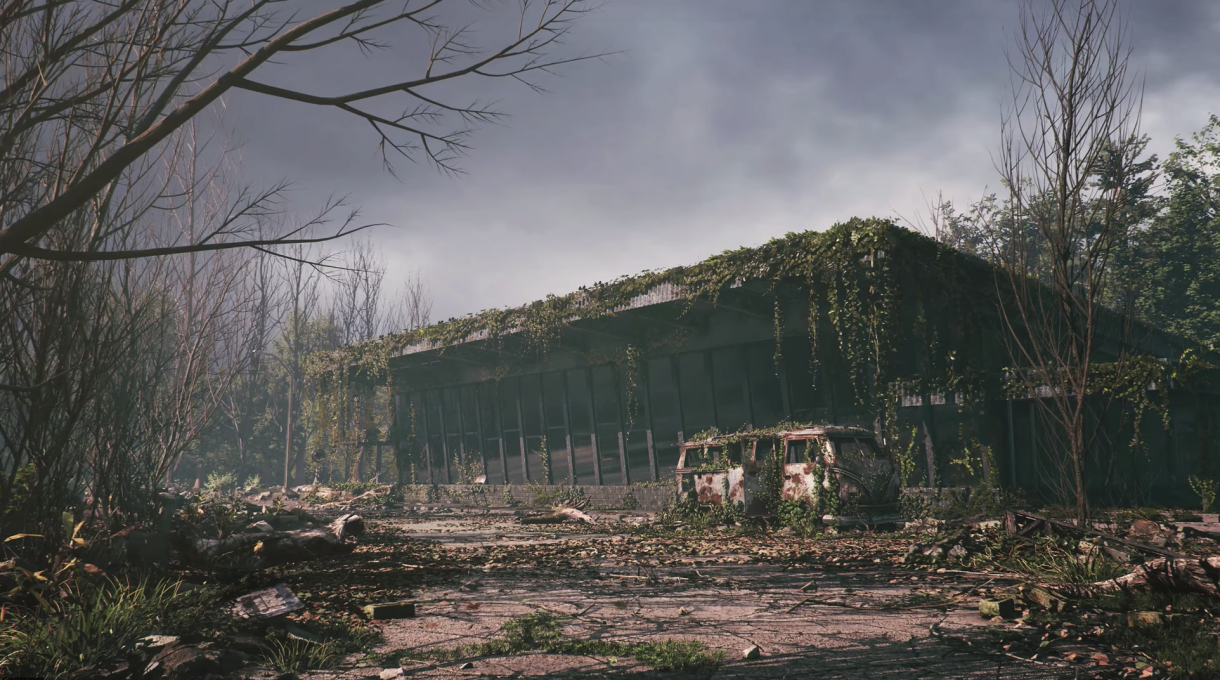Introduction
3rd World Studios is a Pakistan-based animation studio. Our team has over a decade’s worth of experience working in national and international markets with projects involving animation, VFX and motion graphics for prestigious brands such as Nike, Lexus, Discovery Channel, to name a few.
Our debut film “Allahyar and the Legend of Markhor” received excellent reviews and broke local box office records. Allahyar was also the first film ever to be made in a game engine, Epic’s Unreal Engine.
Making a film in UE4 drew International attention and paved the way for the studio to win “Best Feature, Monolithic Award” at IFF and the prestigious Unreal Dev grant, last year.
Reclamation: Goals
After the release of our first Film Alllahyar and Legend of Markhor, we wanted to experiment with Unreal Engine and explore alternative visual styles that can be produced in real-time. Our aim was to render out the final frames right from inside the engine without any post-production compositing. We used Unreal Engine version 4.19 for the production of this piece. With the new 4.23 build of Unreal, we believe that such cinematic sequences will be even more enhanced thanks to the new ray-traced reflections and shadows.
‘Reclamation’ shows how nature reclaims the urban environment once it is abandoned by humans. We wanted to have a balance between natural elements and man-made assets.
References
We referenced abandoned structures, ghost towns, public parks, forests, etc. for the macro, as well as the wider angle shots. And we used man-made elements like bricks, concrete, metal, glass, etc. and layered them with natural elements like vines, plants, bushes.
Assets
We created all our man-made assets in other DCC tools. We usually like to explore various angles of the environment using the basic layout/greyboxing approach and then adding details around areas of interest. We tend to keep the scenes fairly large so that we can explore and pick interesting focal points, that can later be enhanced.
Besides working with scans, we developed custom assets that supported the scene assembly. All the assets were modeled based on photographed references as well as images from the internet.
Pre-made assets were manually tweaked endlessly. The ivy was especially difficult to get right. We rigged many of the foliage pieces in Maya and manually key-framed the animation.
Materials
Relative believability was one of our goals. Materials used were a nice blend of off-the-shelf products and custom assets created using texturing tools. Unreal Marketplace and Megascans were an obvious choice because of their high quality and extensive libraries.
Quixel Mixer, as well as Unreal Material Editor, were very useful in blending the materials for the concrete sidewalk. We blended several materials like concrete, asphalt, dirt and grunge materials.
Lighting
Initially, we had thought about going with generic day-time lighting setup, but decided to go with a mix of overcast and direct sunlight instead. Testing different light setups is very simple using Unreal Engine since it’s all in real-time.
We used skylight for ambiance, planar reflections for glass as well as reflection captures. Nvidia’s area lights helped us a lot for creating soft lighting effects. We opted for a different light rig setup for each individual environment to achieve maximum control over the shots, and Unreal Engine gives artists enough power to accomplish that.
